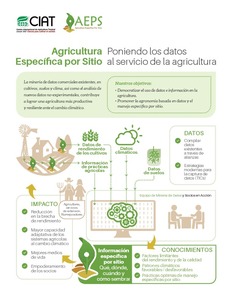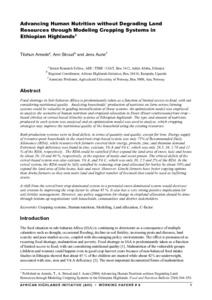A review of environmental issues in the context of biofuel sustainability frameworks
With the rapid growth of biofuel production and consumption and the proliferation of policy decisions supporting this expansion, concerns about the biofuel sector’s environmental and social impacts are increasing. Consequently, a range of actors – among them governments, multilateral institutions, nongovernmental organisations and multistakeholder industry groups – have created sustainability frameworks, some mandatory, others voluntary. This report examines how the most developed sustainability frameworks for feedstock production (including biofuels) address key environmental issues.






